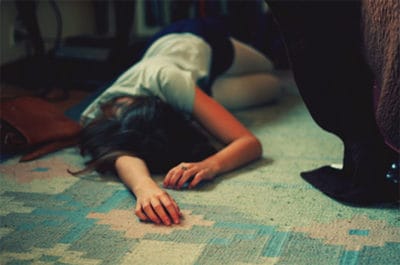


Children can have difficulty keeping up with their friends or school work. Other symptoms: Other symptoms include low energy, low motivation, trouble concentrating, and memory loss.Although they have trouble staying awake during the day, they may also have trouble sleeping at night. Disturbed nighttime sleep: Disturbed nighttime sleep frequently occurs in people with narcolepsy.Sometimes a person may actually fall asleep while continuing an activity, but not remember having done it when they awaken. Automatic behavior: Automatic behavior occurs when a person does a task without knowingly controlling it.The dream is often like a nightmare and can be mistaken by others for hallucinations or mental illness. Hypnagogic hallucinations: Hypnagogic (hip-n uh- goj-ik) hallucinations are dreamlike experiences that are difficult for the child to tell apart from reality.Unlike cataplexy, touching your child usually stops it. It is the feeling of not being able to move or speak, while aware. Sleep paralysis occurs when waking up or falling asleep. Sleep paralysis: Sleep paralysis also causes a brief loss of muscle control.Stress or strong emotions can cause cataplexy. The person is fully awake and knows what is happening. Cataplexy may be mild − such as weakness in the knees − or it may cause a complete collapse, or fall. It is sometimes the first symptom of narcolepsy. Cataplexy: Cataplexy is a sudden, brief loss of muscle control.He / she may also have a "sleep attack" at a very unusual and sometimes dangerous time (while talking, swimming or riding a bike). With EDS, a person may fall asleep when most people would remain awake or when others would normally feel sleepy. Excessive daytime sleepiness (EDS): EDS is usually the first symptom of narcolepsy and may be the only symptom.Symptoms of narcolepsy can appear all at once or develop slowly over time. Falling asleep at unusual times and locations − sometimes unexpectedly and suddenly.The first symptoms usually appear between ages 10 and 20, or early adulthood, and may include: It is lifelong and can affect all aspects of your child’s life. Narcolepsy ( nahr-k uh-lep-see) is a fairly common sleep disorder involving abnormal sleep and wake cycles.


 0 kommentar(er)
0 kommentar(er)
